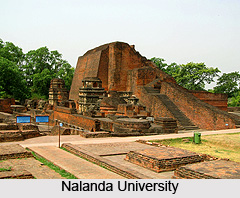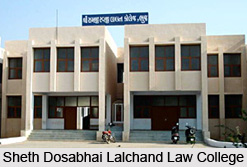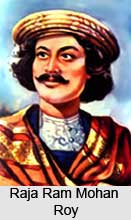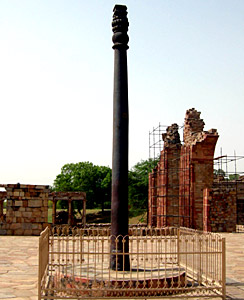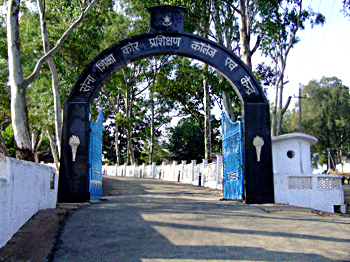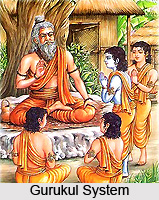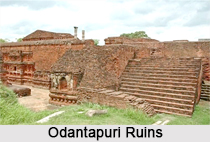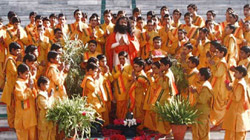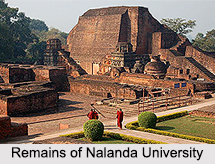Early women`s education in English was the result of the sustained efforts of missionaries and reformers. Though a lot of improvements were made in the field of education by the British, women`s education in English took a long time coming. The colonial rulers had initially introduced English as a medium of education for their own ulterior motives, i.e., they wanted English-speaking clerks would help them out in their administrative and commercial purposes. Since most of the clerks and workers were men, there was felt no need to educate the women. In fact the education of women itself arose out of the sustained efforts of these missionaries and reformers. It was the missionaries who went about trying to educate the Indian women in English. They gained entry to households as teachers where they read stories, taught needlework, and attempted to convert the women into Christianity.
Missionaries began the first girls` schools but their efforts were soon rivalled by Indian reformers. However, despite their valiant efforts, there were no real advances in female education until the second half of the nineteenth century when the government offered financial support. Even then, efforts to organize girls` schools languished until the urban professional elite joined reformers in supporting formal education for girls. In the last quarter of the nineteenth century, institutions proliferated and the number of educated women grew steadily. A number of schools and colleges were subsequently set up which aimed at providing English education to women.
The opening of Hindu College in 1816 was closely followed by the founding of the Calcutta School Society to promote female education. Radha Kama Deb, the secretary of this society, became a patron of female education and assisted in the formation of the Calcutta Female Juvenile Society (founded in 1819 by Baptists). In 1821, the School Society brought Miss Mary Anne Cooke to Kolkata but could not raise the money to open schools. The Church Missionary Society stepped in, employed Miss Cooke, and opened thirty schools for "respectable" Hindu girls. These schools enjoyed the patronage of Hindu gentlemen and the staff was made up of Brahmin Pundits. However, they failed to attract girls from the higher castes. The religious instruction deterred prestigious families while pupils from the lower classes or Christian families were lured to the school by gifts of clothing and other items.
The Church Missionary Society was more successful in South India where it opened its first boarding school for girls in Tirunelveli in 1821. By 1840 the Scottish Church Society could claim six schools with a list of 200 Hindu girls. By mid-century the missionaries in Chennai were instructing nearly 8,000 girls, the majority of whom were Christians, in day schools and boarding schools. Lord Dalhousie, Governor-General of India from 1848 to 1856, declared that no single change was likely to produce more important and beneficial consequences than female education.
Problems in the way of Female Education
While work for female English education was underway, there were a number of problems associated with female education which were looming large in the social scene.
The moral and financial support of the colonial authorities was essential to the spread of female education, but did not guarantee schools for girls. Unlike education for males, education for females did not automatically enhance the prestige and financial standing of the family. In fact, the opposite may have been true.
Indian norms and social customs made the British model of schooling difficult, if not impossible. Deeply ingrained notions of sex segregation and, in some areas, of complete seclusion, meant girls had to have female teachers and study in separate institutions. The widely accepted ideal of youthful marriage limited a girl`s school-going years. Moreover, the demands on women for food production and nurturing left little time for lessons and studying.
There was a third set of problems associated with the institutions for female education. Indians were unaccustomed to sending their daughters to "schools" yet this was the only practical method of accomplishing the task. Zenana education - education given in the home - was expensive, cumbersome, and largely ineffectual. Schools were the answer but there were a number of questions which remained unanswered. These included issues such as what kind of schools, who would teach in these schools, what would be taught, which families would choose to send their daughters to school and for how long, if girls were married prior to puberty, could they continue their education as married women etc. The leaders of Indian society had to respond to these questions, which was a far more difficult task than providing moral and material support.
These were some of the burning problems faced by the educationists at the time. The breakthrough came with the establishment of government schools, such as Bethune`s, and schools sponsored by reformist religious institutions. First the Brahmo Samaj, and later the Prarthana Samaj, Arya Samaj and Theosophical Society all supported female education.
In 1854 there were approximately 626 girls` schools (Bengal: 288, Madras: 256, Mumbai: 65, and NWFP and Awadh: 17) with a total of 21,755 students. Obviously these schools were very small and the total number of girls receiving this education was minuscule in relation to the total population. Yet, a shift in attitudes towards female education had taken place.
Indians supported female education because they wanted social and religious reform, or social and financial mobility, or both. The founders of Hindu College and other early schools for boys wanted to advance the opportunities of their own class. In the case of female education, early supporters saw opportunities for social mobility as the demand for educated brides increased. They were also motivated by a desire for social reform, possible only if women as well as men were educated.
Between 1849, when Bethune School opened, and 1882, when the Indian Education (Hunter) Commission reviewed the progress of education in India, serious efforts had been made to develop primary schools for girls and teacher-training institutions. Higher education for women and co-education were still contentious issues. Faced with the fact that 98 percent of school-age girls were not in school, authors of the Hunter Education Commission Report recommended more liberal grants-in-aid for girls` schools than for boys` and special scholarships and prizes for girls. In the next two decades higher education expanded rapidly; whereas there were only six women in Indian universities in 1881-82, by the turn of the century there were 264. During the same time period secondary school enrolment rose from 2,054 to 41,582.
Thus, the early story of women`s English education in India is one of great trials and tribulations following which a slow and gradual path were undertaken towards development of women`s education.
